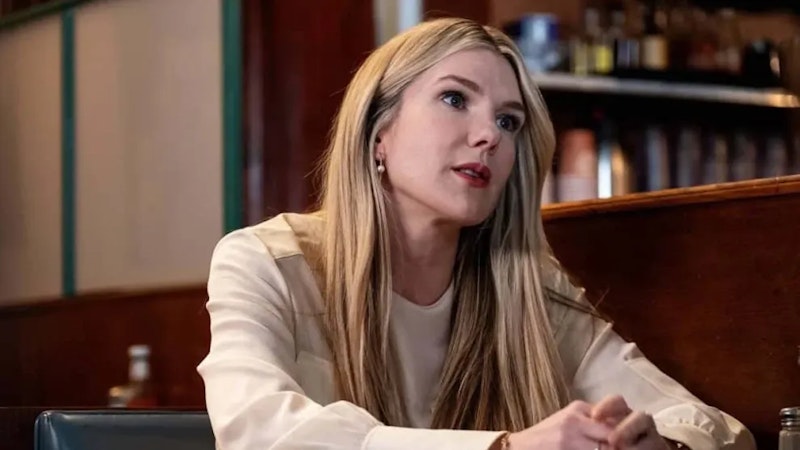In 2009, it was announced that Craig Finn, the frontman of the celebrated bar band The Hold Steady, was working on a film adaptation of Fargo Rock City, the memoir and first book by Chuck Klosterman.
This was exciting for connoisseurs of the popular culture of the Upper Midwest, such as myself. Fargo Rock City is an entertaining book and a key text in the formation of Klosterman’s writerly voice; in its best chapter, Klosterman takes apart a piece of his own writing as a teenager, an overview of Fargo’s 1980s punk scene. A potential collaboration was intriguing because the combination of sensibilities of Klosterman (North Dakota) and Finn (Minnesota) sounded like it could add up to something great.
Unfortunately, the Fargo Rock City movie project never materialized. But 15 years later, there’s Downtown Owl, the first feature film ever adapted from Klosterman’s work. It’s not a success—the wrong adaptation of the wrong book. It arrived on VOD this week, very quietly, nearly a year after its Tribeca debut. Downtown Owl, published in 2008, was Klosterman’s first novel, and I remember finding it baffling. Set in a small town in North Dakota called Owl, the book had little in common with the best of Klosterman’s work besides the setting and many references to music lyrics.
The movie is reasonably faithful to the source material, but its biggest weakness is that it’s a slice-of-life tale in which nothing interesting happens. It also doesn’t feel like a distillation of Klosterman’s sensibility.
Co-directed by actors and life partners Lily Rabe and Hamish Linklater, Downtown Owl is set in 1983 and stars Rabe as Julia, a teacher who arrives in the town of Owl. Married long-distance to a man she doesn’t seem to like, Julia slowly cracks up throughout the plot. A talkative town slut type (Vanessa Hudgens) befriends her, and a cowboy (Crazy Rich Asians’ Henry Golding) hints at seducing her.
The other main characters, whose stories intersect with Julia’s, are a local old-timer (Ed Harris) and a nerdy teen (August Blanco Rosenstein) who plays football even though he seems more like an AV club type. Another subplot features a football coach (Finn Wittrock) who’s suspected of horrific behavior with his students, and that plot has much higher stakes.
The film gets a lot of the significant details wrong. The Midwestern accents are half-assed. No one sports clothes or hair that makes it look like 1983, except for one scene where Julia overdoes it with the hairspray. Rather than vintage 1980s music, the film primarily uses mournful covers of Elvis Costello's songs.
In a bar that’s a frequent location, the wooden bar is circular in some shots and straight in others, which I’m still not sure is a stylistic choice or a gaffe. While there are ways to convey the hopelessness of a Northern winter through the depiction of a blizzard, I’ve seen it done much better, most notably in the Coens’ Fargo and even its TV adaptation. Aside from a decent lead performance from Rabe, all Downtown Owl has going for it is mood, and mood has its limits.

